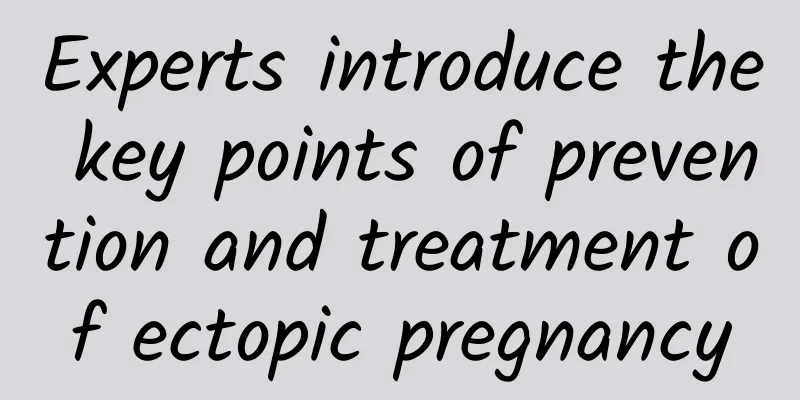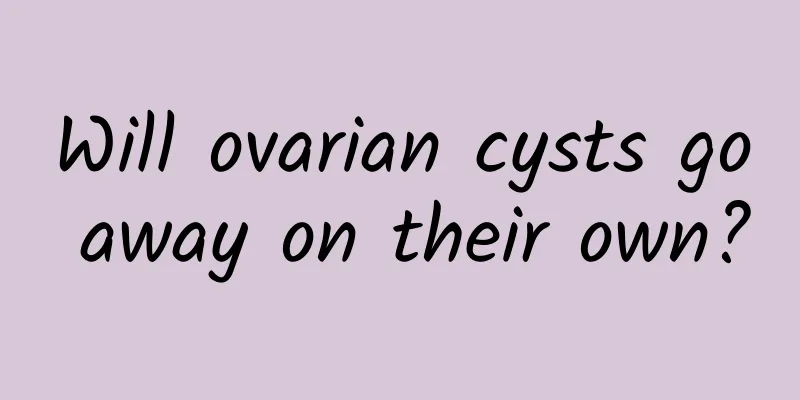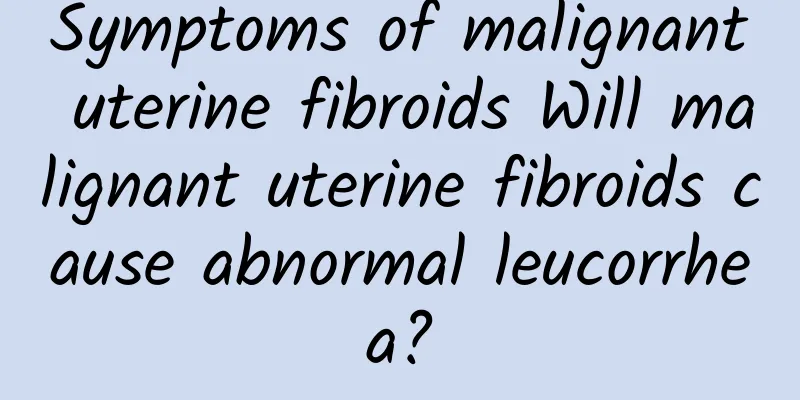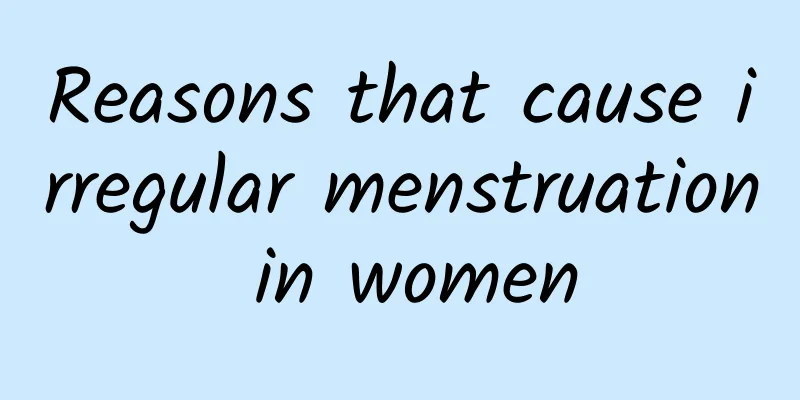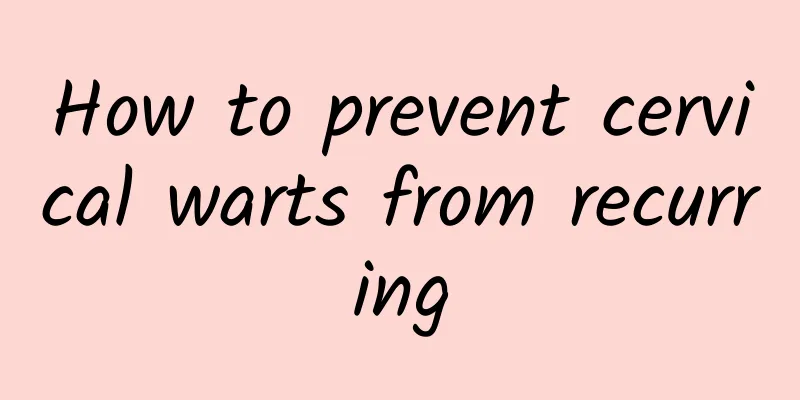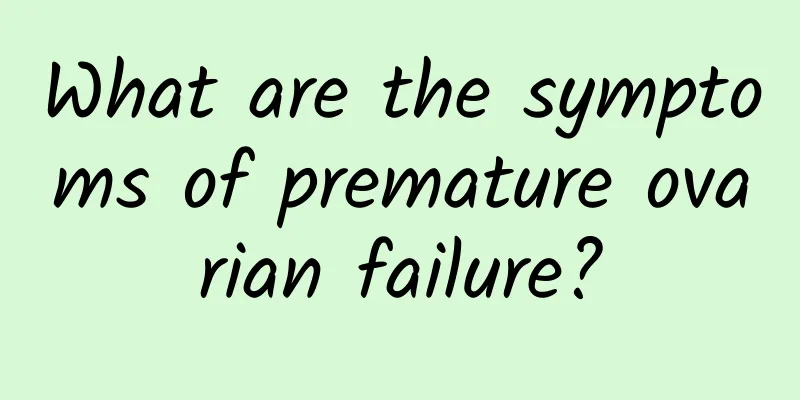Are endometrial polyps uterine cysts?
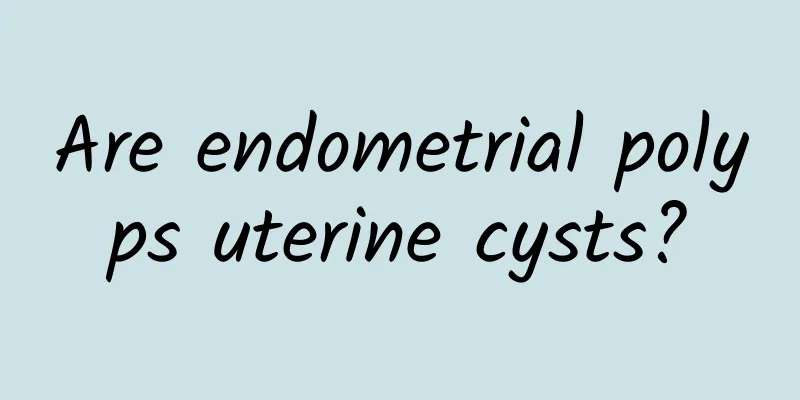
|
Endometrial polyps and uterine cysts are two different conditions. Endometrial polyps are small, usually benign, thickenings of a portion of the endometrium that protrude, while uterine cysts are fluid-filled, sac-like structures that may occur in the uterus or ovaries. Knowing the difference between the two can help with more accurate diagnosis and treatment. Endometrial polyps are usually benign and may cause symptoms such as irregular menstruation, infertility, or heavy menstrual bleeding. Polyps are caused by excessive growth of the endometrium, which may be related to fluctuating hormone levels and chronic inflammation. In contrast, uterine cysts can have a variety of causes, such as infection, fluid-filled cysts, or degeneration of uterine fibroids. Although both may have no obvious symptoms, uterine cysts are more likely to cause lower abdominal pain or pressure and be discovered during a physical exam or ultrasound. Endometrial polyps are usually benign and may cause symptoms such as irregular menstruation, infertility, or heavy menstrual bleeding. Polyps are caused by excessive growth of the endometrium, which may be related to fluctuating hormone levels and chronic inflammation. In contrast, uterine cysts can have a variety of causes, such as infection, fluid-filled cysts, or degeneration of uterine fibroids. Although both may have no obvious symptoms, uterine cysts are more likely to cause lower abdominal pain or pressure and be discovered during a physical exam or ultrasound. If you suspect you have endometrial polyps or cysts, you should see a doctor as soon as possible. Endometrial polyps can be removed through hysteroscopy, which is relatively simple and has a quick recovery. For uterine cysts, different surgical methods may be required depending on the size and nature of the cyst, including transvaginal cyst puncture, laparoscopic surgery, or transabdominal surgery. In terms of diet, eat more high-fiber foods and low-fat diets to maintain hormonal balance; moderate exercise can help improve blood circulation and relieve symptoms. If you experience persistent abdominal discomfort or menstrual abnormalities, you should seek medical attention immediately for timely and effective treatment. |
<<: Is it easy to get pregnant with pelvic effusion and cervical erosion?
>>: Are functional uterine bleeding and irregular menstruation the same? How to treat it?
Recommend
What are the consequences of ovarian cysts?
What are the consequences of ovarian cysts? Nowad...
What can't you eat if you have uterine fibroids? What can't you eat if you have endometrial polyps?
What can't you eat if you have uterine fibroi...
Gynecological diseases that are not treated for a long time may turn into cancer
Long-term untreated gynecological diseases may in...
Vaginal itching, abnormal vaginal discharge
Vaginal itching, abnormal leucorrhea: Vaginal itc...
What women need to pay attention to in preventing cervical erosion
Modern society is constantly progressing, life is...
Introduction to uterine cysts
Nowadays, there are many gynecological diseases t...
Which aerobic exercise burns the most fat? 2 Myths to Tell You
Exercise to lose weight is very popular, but ther...
Poor sleep makes it difficult to lose weight. Three principles for improving sleep and losing weight
If you still find it difficult to lose weight by ...
Being too thin can lead to fractures and premature aging! How to delay the onset age of osteoporosis? Do this during your peak bone mass period!
Busy young woman not paying attention to diet Chi...
What are the specific hazards of dysmenorrhea
Dysmenorrhea is a problem that many women will en...
What are the dangers of Bartholinitis?
There are many patients with Bartholinitis in lif...
What medicine to take for cervicitis
Cervicitis is one of the common gynecological dis...
Everyone is going crazy for road running! 7 must-know road running preparation strategies
Recently, the sports brand invited DJ Liu Xuan an...
How long does the stomach ache last after medical abortion? You will know after reading this
Many women experience abdominal pain after medica...
You won’t get fat by eating Tangyuan! Paired with sugar-free green tea or oolong tea to prevent fat accumulation
With chewy outer skin and sweet filling inside, w...


